A Mexican soldier, revolutionary and politician, Porfirio Díaz governed his country between 1887 and 1911.
Born in Oaxaca on September 15, 1830, he began participating in Mexico’s tempestuous political and military life when he was only 16.
In 1858 he began taking part in the so-called War of Reform which carried Benito Juárez’s liberals to power. In 1861, at age 31, Porfirio Díaz was nominated general and elected a deputy.
Earlier Mexican governments had accumulated huge debts with many European countries: as a result of these unpaid loans, France sent troops and gained control of the country in 1863. Díaz fought the French, who were defeated in 1867. That same year he broke off his longstanding friendship with Juárez, challenging him twice in presidential elections, although Díaz lost both times.
He then tried to take power by force and, after numerous failed coups d’état, he overthrew Juárez’s successor, President Lerdo, in 1876. Six months later, Díaz was elected president. During his second term he established a single party regime and modified the constitution, eliminating limits on the maximum number of terms a president could serve. This was the beginning of the Porfirio era. When Díaz came to power, Mexico was mired in a period of deep crisis, marked by great instability and excessively slow modernization.
His political policies concentrated on jumpstarting the economy by opening the country to foreign investment: during the Porfirio era, foreign companies managed most of Mexico’s energy resources. The injection of foreign capital favored Mexican development, but reduced the country’s political autonomy. Mexico was increasingly dependent on investor countries, the US in particular.
In order to ensure stability, Díaz strengthened the rurales, paramilitary forces used to suffocate bandits and political protests. Díaz’s power was based on the support of a close circle of large landowners who held the vast majority of Mexican territory. Most of the population lived in poverty.
Díaz opened elections to other political parties in 1910, convinced that the country was solidly under his control. The dictator’s presidency was confirmed, but his principal adversary, Francisco Madero, declared the election results fraudulent. Madero called on the Mexican population to revolt: in 1911, together with revolutionary figures Pancho Villa and Emiliano Zapata, Madero overthrew Díaz after nearly thirty years of dictatorship.
Forced into exile, Díaz was given honorary welcomes in many European countries. He died in Paris on July 2, 1915. He was 84.
Born in Oaxaca on September 15, 1830, he began participating in Mexico’s tempestuous political and military life when he was only 16.
In 1858 he began taking part in the so-called War of Reform which carried Benito Juárez’s liberals to power. In 1861, at age 31, Porfirio Díaz was nominated general and elected a deputy.
Earlier Mexican governments had accumulated huge debts with many European countries: as a result of these unpaid loans, France sent troops and gained control of the country in 1863. Díaz fought the French, who were defeated in 1867. That same year he broke off his longstanding friendship with Juárez, challenging him twice in presidential elections, although Díaz lost both times.
He then tried to take power by force and, after numerous failed coups d’état, he overthrew Juárez’s successor, President Lerdo, in 1876. Six months later, Díaz was elected president. During his second term he established a single party regime and modified the constitution, eliminating limits on the maximum number of terms a president could serve. This was the beginning of the Porfirio era. When Díaz came to power, Mexico was mired in a period of deep crisis, marked by great instability and excessively slow modernization.
His political policies concentrated on jumpstarting the economy by opening the country to foreign investment: during the Porfirio era, foreign companies managed most of Mexico’s energy resources. The injection of foreign capital favored Mexican development, but reduced the country’s political autonomy. Mexico was increasingly dependent on investor countries, the US in particular.
In order to ensure stability, Díaz strengthened the rurales, paramilitary forces used to suffocate bandits and political protests. Díaz’s power was based on the support of a close circle of large landowners who held the vast majority of Mexican territory. Most of the population lived in poverty.
Díaz opened elections to other political parties in 1910, convinced that the country was solidly under his control. The dictator’s presidency was confirmed, but his principal adversary, Francisco Madero, declared the election results fraudulent. Madero called on the Mexican population to revolt: in 1911, together with revolutionary figures Pancho Villa and Emiliano Zapata, Madero overthrew Díaz after nearly thirty years of dictatorship.
Forced into exile, Díaz was given honorary welcomes in many European countries. He died in Paris on July 2, 1915. He was 84.
RELATED
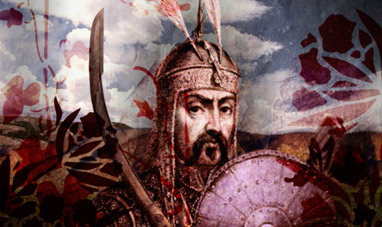

GENGHIS KHAN
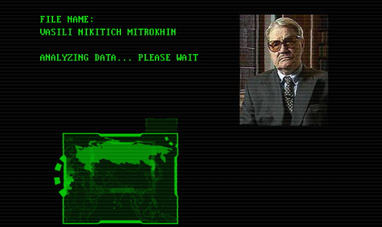

VASILI NIKITICH MITROKHIN
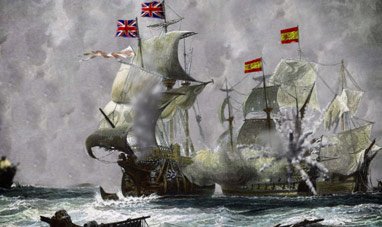

FRANCIS DRAKE
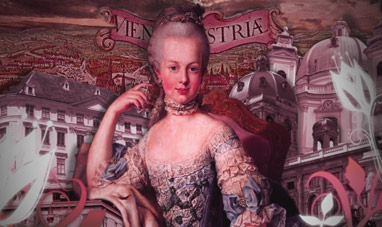

MARIE ANTOINETTE
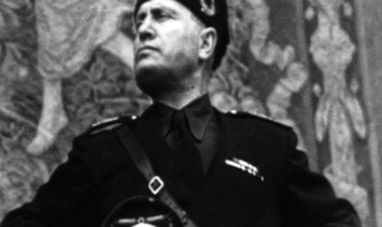

BENITO MUSSOLINI
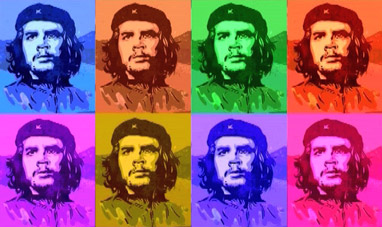

CHE GUEVARA
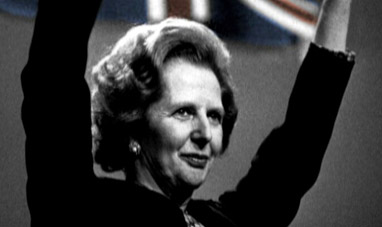

MARGARET THATCHER
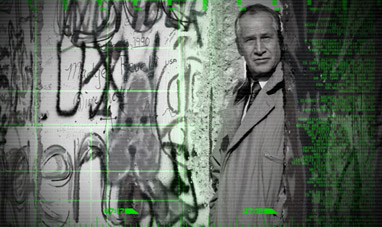

MARKUS WOLF
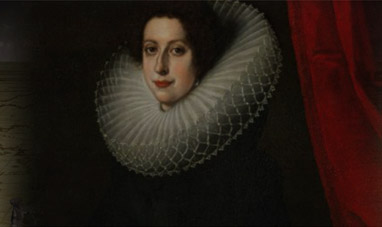

CATHERINE DE MEDICI
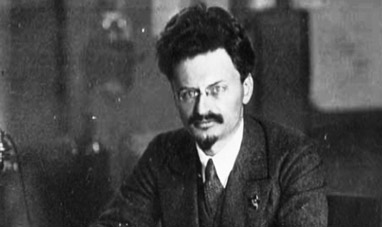

TROTSKY
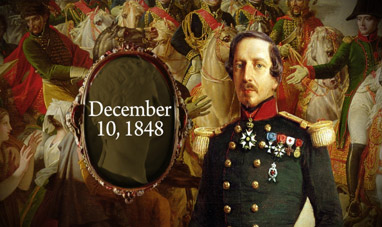

NAPOLEON III
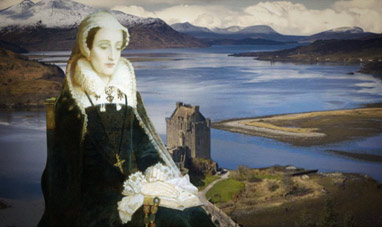

MARY STUART
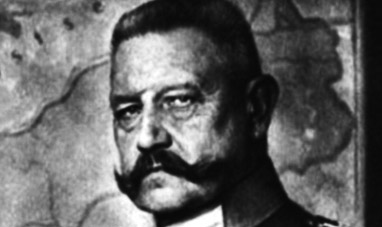

PAUL VON HINDENBURG
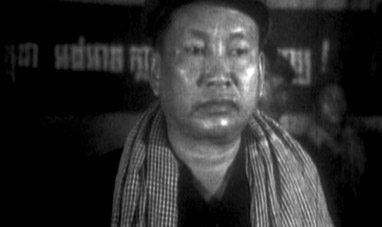

POL POT


CATHERINE THE GREAT
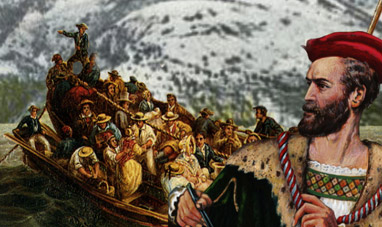

JACQUES CARTIER
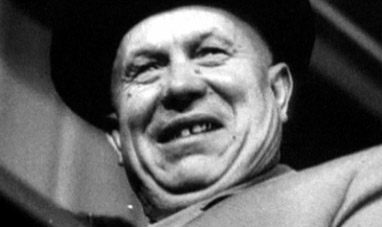

NIKITA KHRUSHCHEV
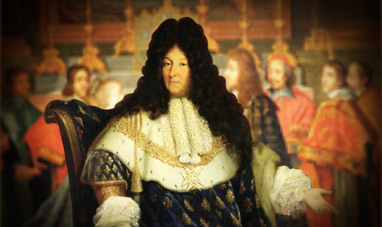

LOUIS XIV, THE SUN KING
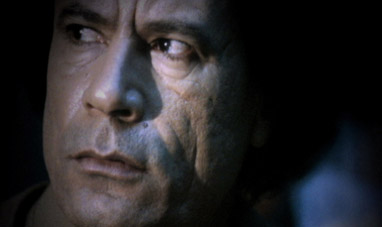

MUAMMAR EL-QADDAFI
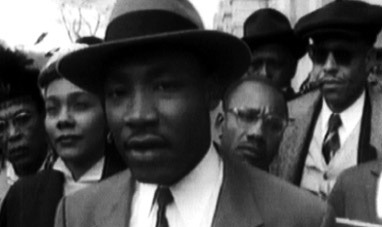

MARTIN LUTHER KING
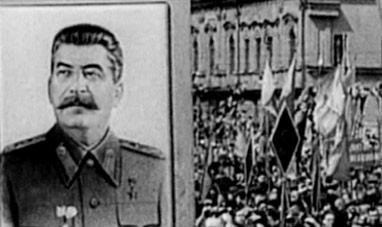

STALIN
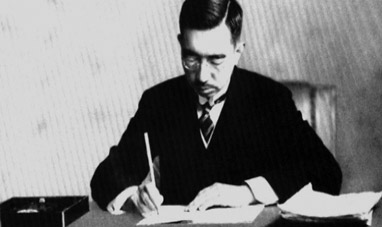

EMPEROR HIROHITO


FRANCISCO DE ORELLANA
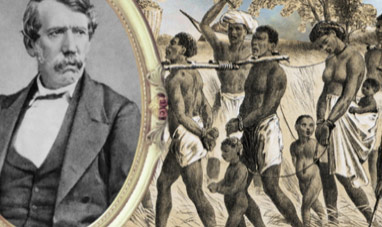

LIVINGSTONE, DAVID
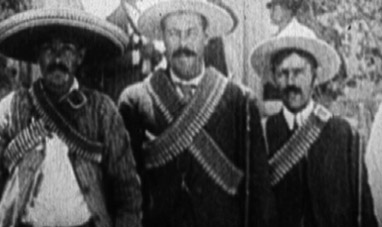

THE MEXICAN REVOLUTION
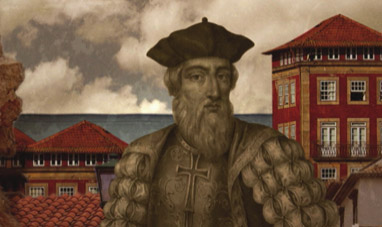

VASCO DA GAMA
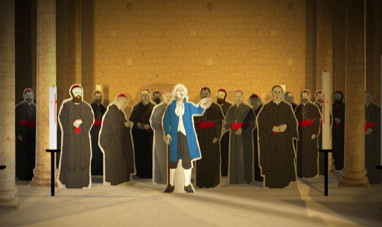

TALLEYRAND
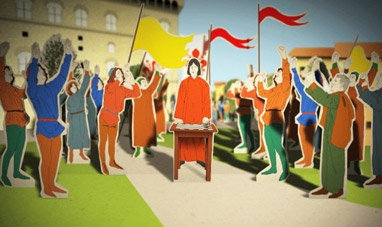

LORENZO DE' MEDICI
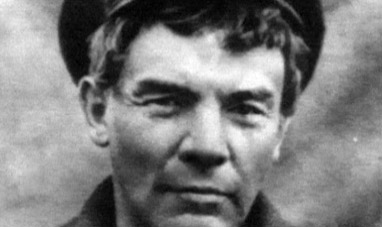

VLADIMIR LENIN
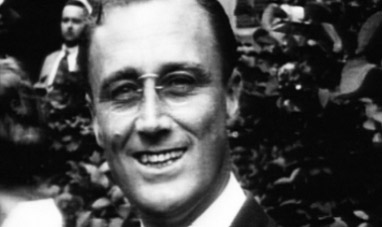

FRANKLIN DELANO ROOSEVELT
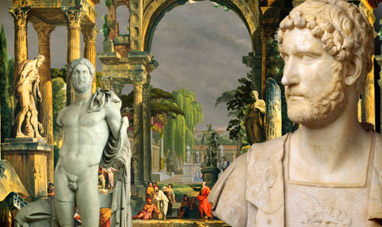

HADRIAN
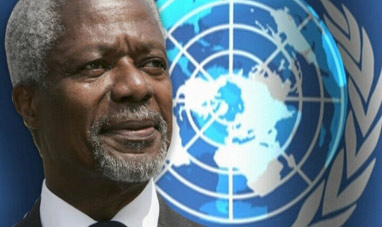

KOFI ANNAN


ELIZABETH II
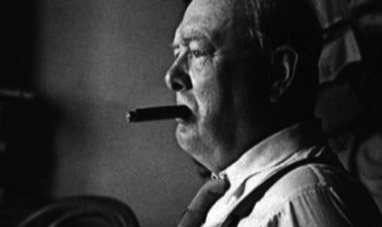

WINSTON CHURCHILL
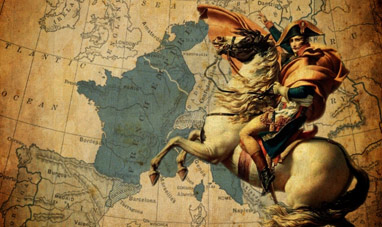

NAPOLEON BONAPARTE
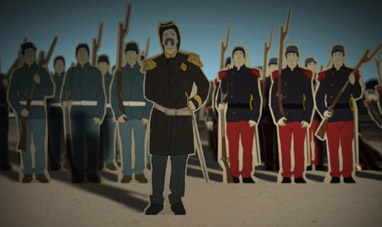

PATRICE DE MAC-MAHON
